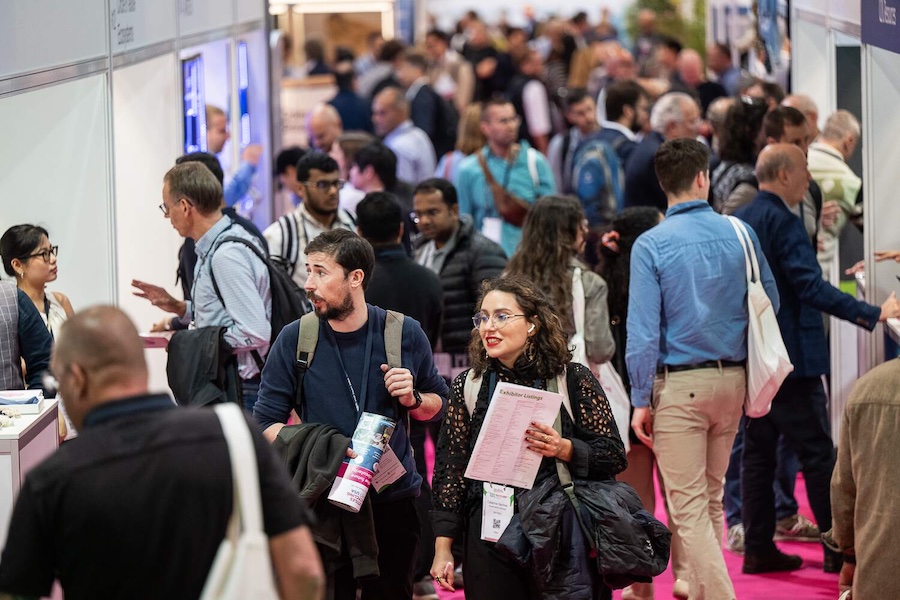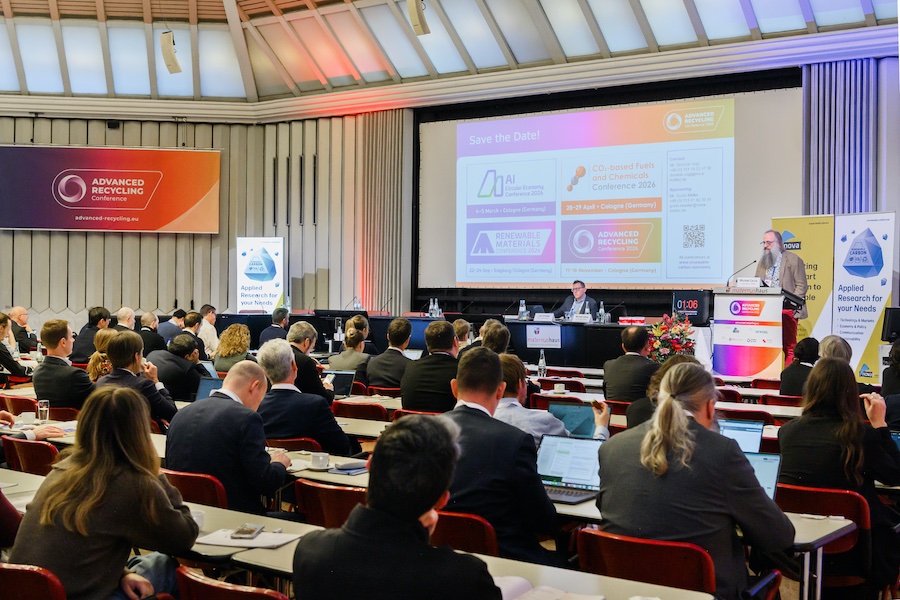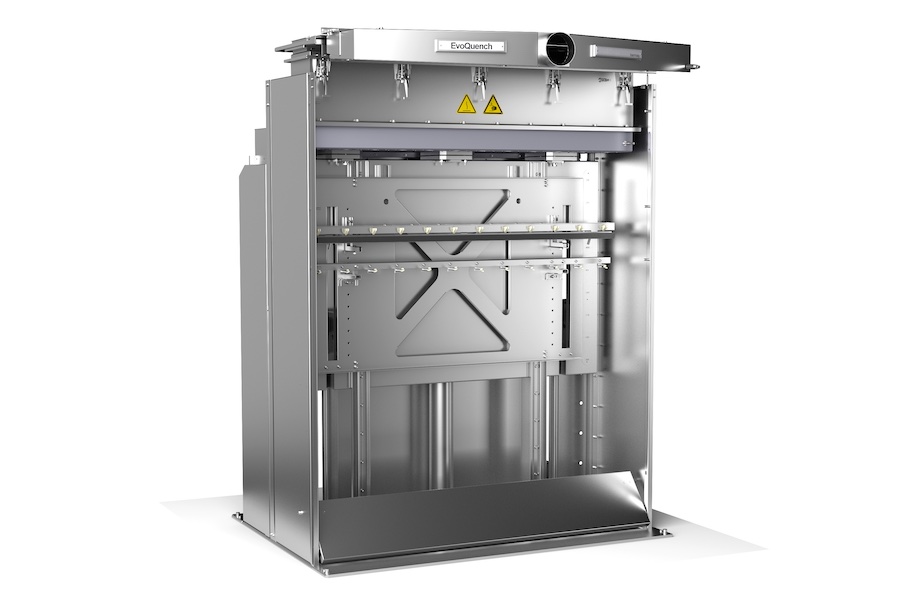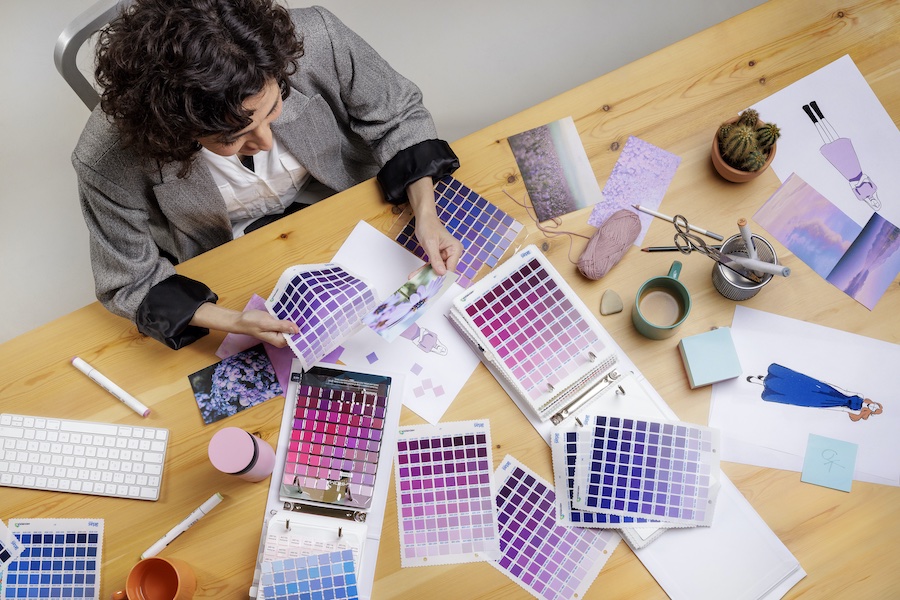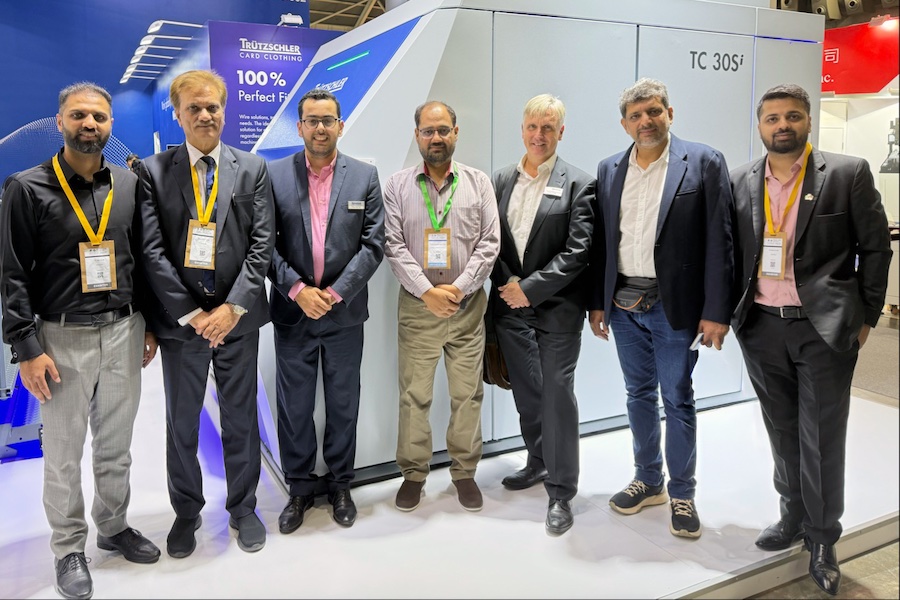#Recycling / Circular Economy
CirTex Community discusses technical, social and regulatory pathways for textile circularity
Prof. Schlichter opened the conference with an introduction to the goals and current activities of the DATIpilot Innovationscommunity Circular Textiles. This was followed by a presentation from Lale Altinalana of Fraunhofer CeRRI, speaking on behalf of Dr. Maria Lena Heidingsfelder from Fraunhofer IAO, who introduced the first CirTex project, “SIRUp – Social Innovations in Re- and Upcycling.” The project examines how technical innovations can be embedded in social contexts and is currently conducting quantitative surveys to assess acceptance levels of circular textiles among consumers.
The second CirTex project, “NuCollect,” was presented by Nicole Hühn from ITA Augsburg. NuCollect aims to develop a new collection system for post-consumer textiles in response to the requirements of the separate collection mandate. Following initial analyses of existing collection structures and consumer preferences, two new collection bags were designed and tested in a field trial. The focus now shifts to evaluating the quality and quantity of collected materials, followed by a cost–benefit analysis for municipalities and communication guidelines.
Leandra Michel introduced Sustainable Textiles Switzerland 2030, a multi-stakeholder programme committed to contributing to the Sustainable Development Goals (SDGs) across the entire textile and apparel value chain in Switzerland. Through cooperation with the DTB and recycling companies in Egypt and Morocco, the initiative gains practical insights into current challenges and effective implementation strategies. DTB Managing Director Susanne Paß joined the discussion.
A technical highlight came from Silke Huertos-López of Saurer, who presented insights into spinning recycled fibres. She outlined the challenges and opportunities associated with different spinning technologies—from rotor and ring spinning to air spinning—and discussed the effects of short fibre lengths, dust and impurities. Improved cleaning systems and redesigned components are key to enabling higher recycling content in yarns.
Another well-received programme element was the digital tour of the Recycling Atelier Augsburg, where Georg Stegschuster walked participants through the model workshop: from textile analysis and tearing to carding, sliver preparation and the spinning and twisting of finished yarns.
This was followed by a presentation from Dr. Dirk von Czarnowski titled “Rethinking Textile Recycling.” He addressed key issues such as fibre blends and contamination, and presented solutions including AI-supported sorting and enzymatic recycling. He also introduced the “SprayCloth” project at the University of Applied Sciences Kempten, which aims to develop an AI-based system for the material-specific sorting of post-consumer textiles.
Mira Bergdörfer from Fair Wertung e.V., the umbrella organisation for nonprofit textile collectors in Germany, addressed the central question “Where do post-consumer textiles go?” She provided an overview of the legal framework, including Germany’s Circular Economy Act and separate collection requirements, as well as insights from an analysis of existing collection infrastructures.
Henrike Schmitz provided an in-depth look at the interplay between product design, spinning and knitting by presenting recent results from her doctoral research, which focuses on Terrot’s Corizon technology. The project aims to increase the recycled content in circular-knitted fabrics and to assess yarn performance under real-world conditions.
The event concluded with a keynote from Ellen Mensink (Bright Fiber) titled “Stop Talking – Start Walking.” She argued that fast fashion must be left behind and that the textile industry needs a fundamental rethink, with recycling, repair and reduced consumption forming core pillars. Bright Fiber offers a complete circular workflow—from post-consumer textile to new product—supported by a portfolio of circular yarns and finished textile examples. Mensink closed with six concrete recommendations for brands, including the need for a clear circular strategy and proactive preparation for evolving regulatory requirements, stressing that early movers will benefit most.
The event provided a comprehensive overview of ongoing research, technological progress and systemic challenges in the transition toward a circular textile economy. The next CirTex Community meeting is already in preparation.



